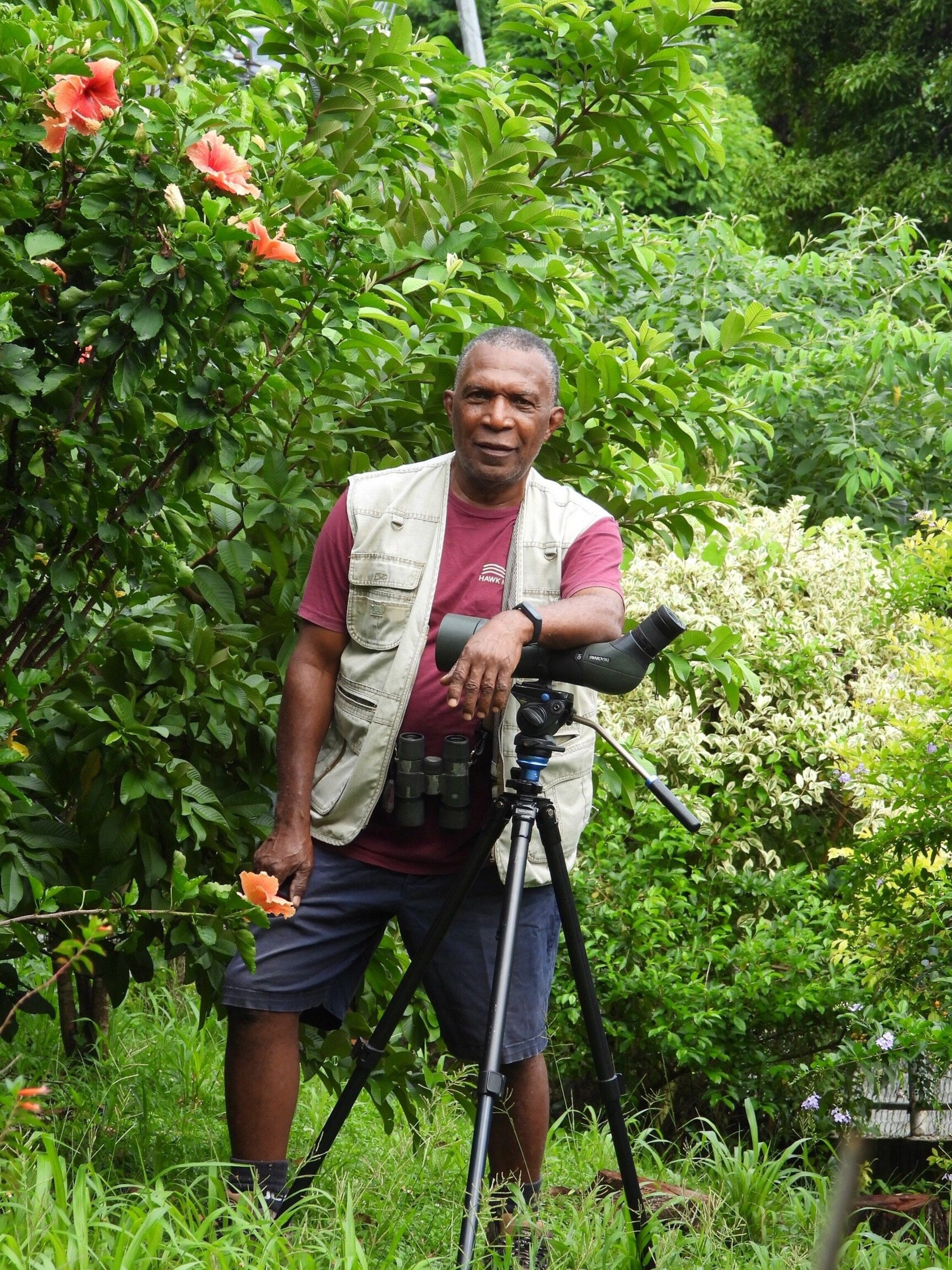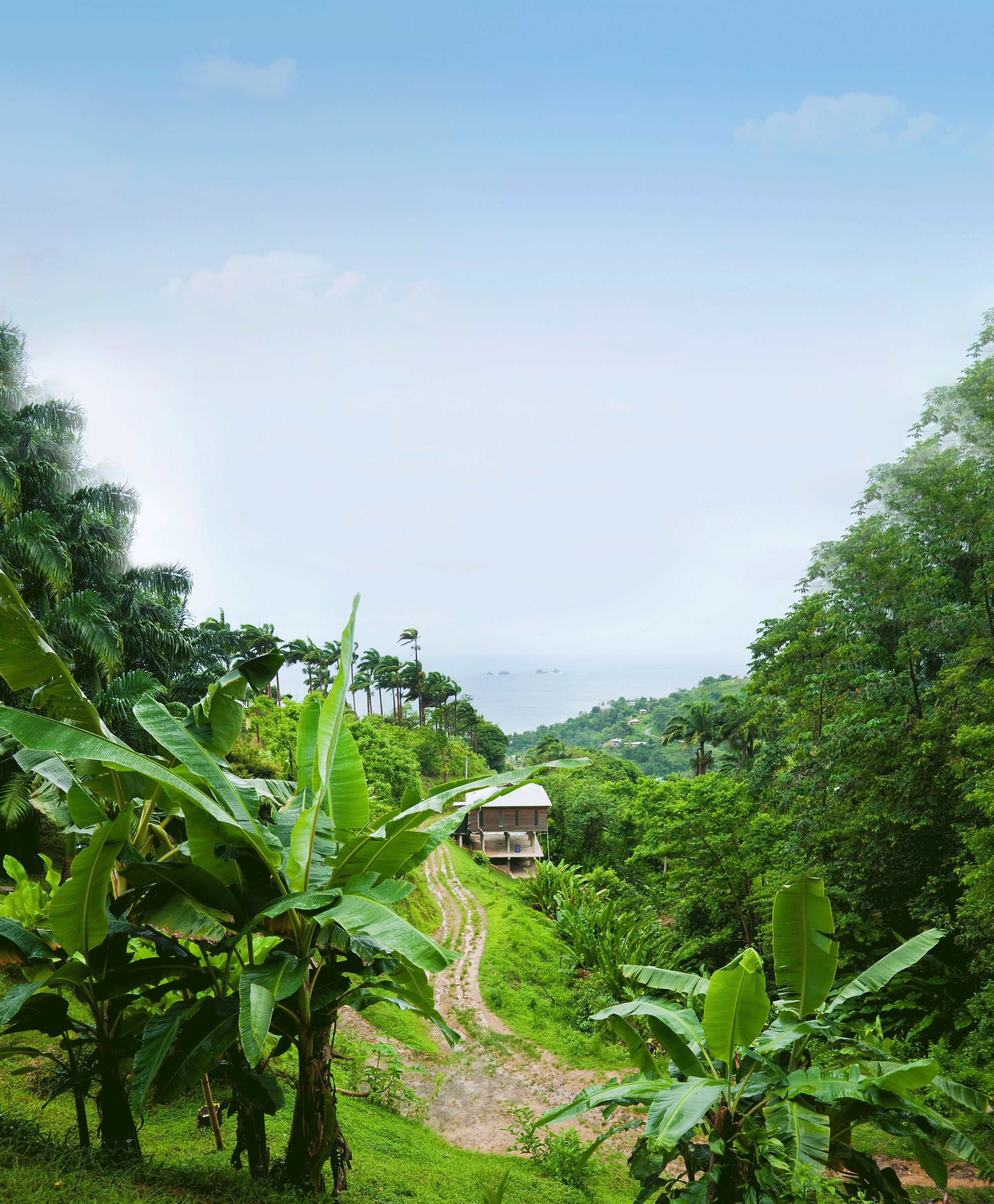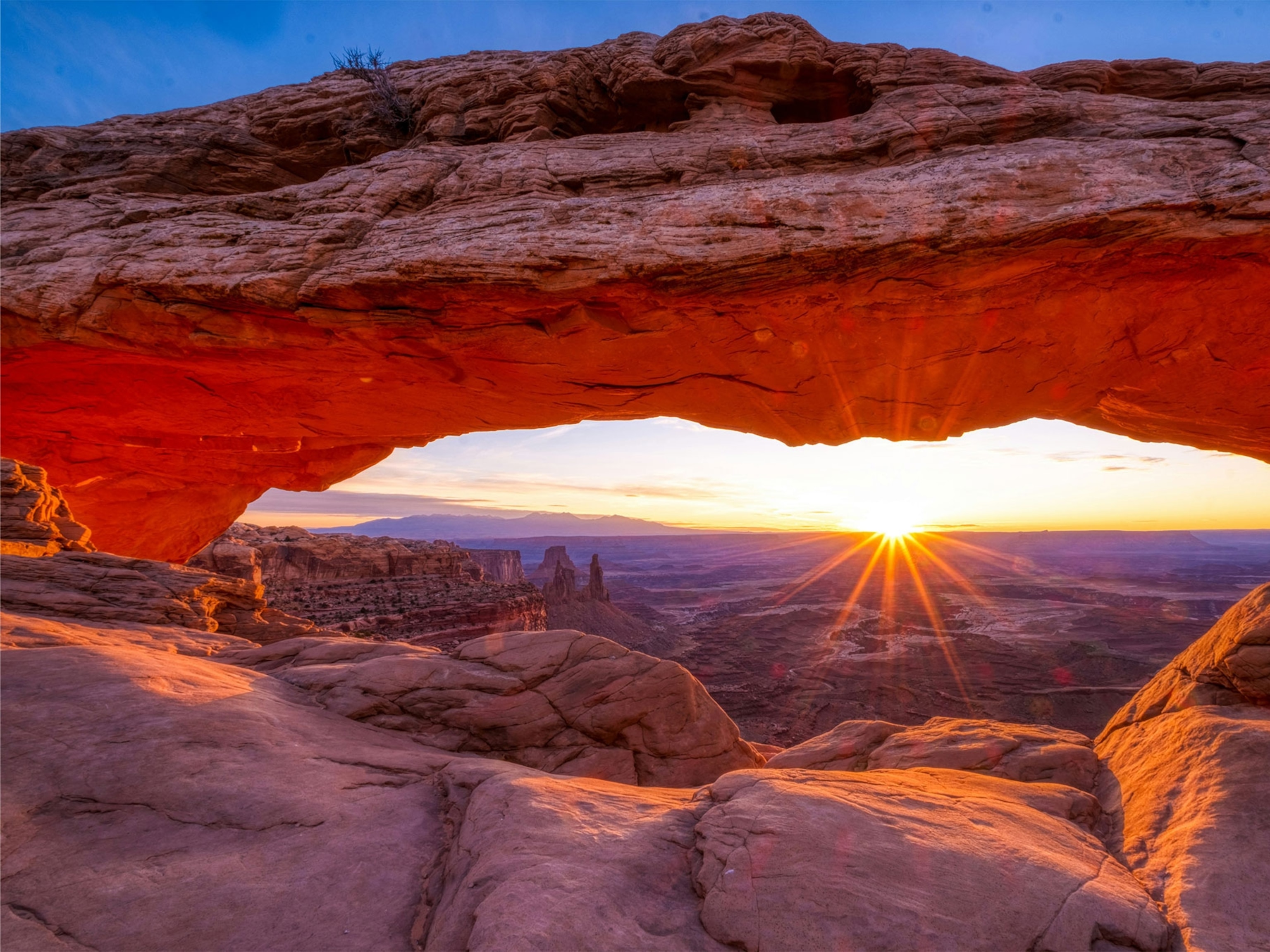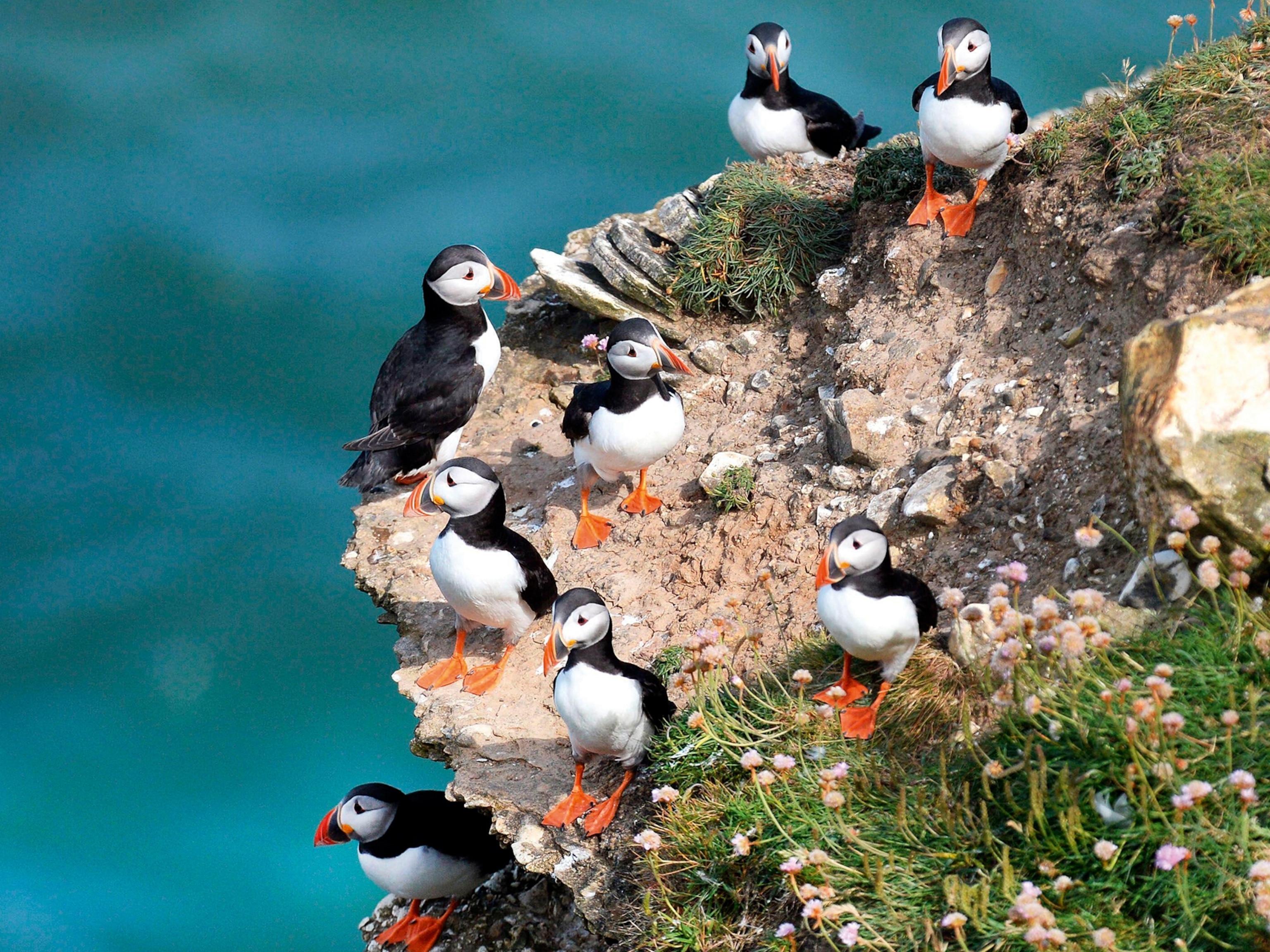
Wildlife expert Newton George on Tobago’s pristine ecosystem and top forest trails
Tobago’s North-East region has been recognised by UNESCO for its unique biodiversity. We talk to Newton George about his love for the island and why visitors should head to the Main Ridge Forest Reserve to witness nature at its most impressive.
Located in the heart of the Caribbean, Tobago is home to pristine coastlines and almost 2,000 different species of flora and fauna, some of them endemic to the island. Newton George, who has lived here his whole life, first fell in love with Tobago’s forests when he was a boy, going out with his father to look for birds. The island’s North-East region has recently been declared a Biosphere Reserve by the UNESCO Man and the Biosphere (MAB) programme, and Newton was a key member of the committee that made it happen, putting forward evidence of the area’s unique, intact ecosystem. Here, he tells us about Tobago’s forests and the trails that take in the sights, sounds and smells of this tropical paradise.
When did you develop your deep love of nature?
I got it from my father. He was a custodian, taking care of nature on the island, and a keen birder, so when I was a boy, he would take me out with him to look for rare species. In fact, it was during this time that the Papua New Guinea bird-of-paradise was introduced, so I would help him search for it. Later on, I also became a custodian, before getting a scholarship to study wildlife conservation in Trinidad. Now I run tours, taking people from all over the world into the forest. I love nature — it’s a part of me, of who I am.
Where’s the most special place in Tobago for you?
The jungle; it’s unique. The Main Ridge Forest Reserve was established in 1776, so it’s the oldest protected rainforest in the Western Hemisphere. It's about 10,000 acres, and the biodiversity is amazing. In the dry season, it’s particularly colourful because the trees and the plants are in bloom. There are so many birds, too — around 261 species live on the island. It really is a special place.

Do you have a favourite bird?
The collared trogon, because it has a beautiful band across its breast. It’s not that rare, but it’s difficult to see as it'll often sit with its back (which is green) towards you, so it's hidden in the canopy. We also have a hummingbird that's only found here on the island: the white-tailed sabrewing hummingbird. As a matter of fact, I’m home now, and it often comes to my feeder.
Elsewhere, what do you love most about your island?
What I love most is the people. Tobago is only a small island — about 116sq miles — and it's almost impossible to pass someone on the street and not say good morning or good afternoon. There’s such a strong sense of love here.
How much time do you spend in the jungle?
Before coronavirus, I was in the forest maybe four days a week, but I’ve not been there for two months now, and I miss it. I’d often take people walking on the Gilpin Trace trail, which is the part of the old road from the village of Roxborough to Bloody Bay. It’s very easy and also very biodiverse, from the plants and the insects to the native trees.
Tell us about Tobago’s recent accreditation from UNESCO.
The northeastern end of the island, encompassing the forest, the coral reefs and the wildlife, has been declared a Biosphere Reserve. It recognises the protection of the environment, which is very important. In Tobago, we have no choice but to do this, because we're a small place and our main income is from tourism. It’s our bread and butter, so protecting the environment is really important to us. I was part of the committee that made the recommendation to UNESCO, which then looked at this part of the island and decided it was worthy. It was a proud moment.

Top six nature trails for nature lovers like Newton
1. Gilpin Trace
If you only have time for one trail while in Tobago, make it Gilpin Trace, the oldest and most popular path through the UNESCO-listed Main Ridge Forest Reserve, and one that Newton uses a lot. Starting from the Roxborough-Parlatuvier road, and ending 1.5 miles north of Roxborough, the flat, easy trail takes about two hours and is flanked by verdant jungle bursting with wildlife. Bird-watchers should arrive by 6am to catch blue-backed manakins and white-necked jacobins at their most active.
2. Blue Copper
A favourite of Newton's, the Blue Copper trail got its name from the eponymous trees that made it through Hurricane Flora in 1963. Most of the area was decimated but blue coppers, recognisable by their height and umbrella-like canopy, have an ingenious rooting system, ensuring their survival. This short one-mile track winds its way through dense foliage to where two steams converge, becoming the river that leads to Argyle Falls. On route, look out for wildlife such as snakes and lizards, and birds like the rare white-tailed sabrewing hummingbird, blue backed manikin and collard trogon. For the adventurous, consider continuing on to the adjoining Spring Trail.
3. Argyle Waterfall
Tobago’s only three-tiered waterfall, Argyle tumbles down a series of rocks surrounded by lush greenery and makes for an idyllic spot for a dip. Starting at Roxborough, the 175ft-high waterfalls are accessed via a 20-minute trail that begins with cocoa trees and takes in colourful birds and flowers along the way. Adventurers can scramble up the rocks to swim in several different pools or enjoy a natural back and neck massage under the pounding cascades at the bottom.
4. Bon Accord
For access to lesser-trodden beaches and sights, mountain biking is an ideal way to navigate the island. Ideal for cyclists of all abilities, the Bon Accord trail system weaves through Tobago’s mangrove forests and offers glimpses of myriad birdlife. You’ll also see the Bon Accord lagoon, a birdwatchers’ paradise and important fish nursery, home to everything from crab to oysters and urchins. Overhead mangrove trees keep this trail cool. Mountain bike companies on the island offer guided tours as well as bicycle hire.
5. Chocolate Cake
Serious cyclists should check out the Chocolate Cake trail, not only for its enticing name but also for its adrenalin-pumping dips and chutes through rocks and foliage. Classed as an extreme trail, it runs along one single track, with the ride taking up to 20 minutes. The reward at the end is King Peter's Bay, whose difficult access means you’ll barely see a soul. Nearby is Little Bay, also part of Castara beach, a great place for swimming and snorkelling. The trail starts from the hillside village of Moriah and winds down to sea level.
6. Pigeon Peak
Tobago’s highest point, the 1,800ft-high Pigeon Peak, is reached via a strenuous three-hour climb through the Main Ridge Forest Reserve. Hire a guide and pick a route to suit your ability; there are multiple trails ranging from medium to difficult. Pigeon Peak is located to the north east of the island and shouldn’t be confused with Pigeon Point beach, a popular spot for weddings and part of a 125-acre nature reserve on the south west coast.
Plan your trip
Flights to Tobago depart from Heathrow and Gatwick. The island is lovely year-round, with temperatures hovering around 32C.
For more information, visit our destination guide.
Follow National Geographic Traveller (UK) on social media






